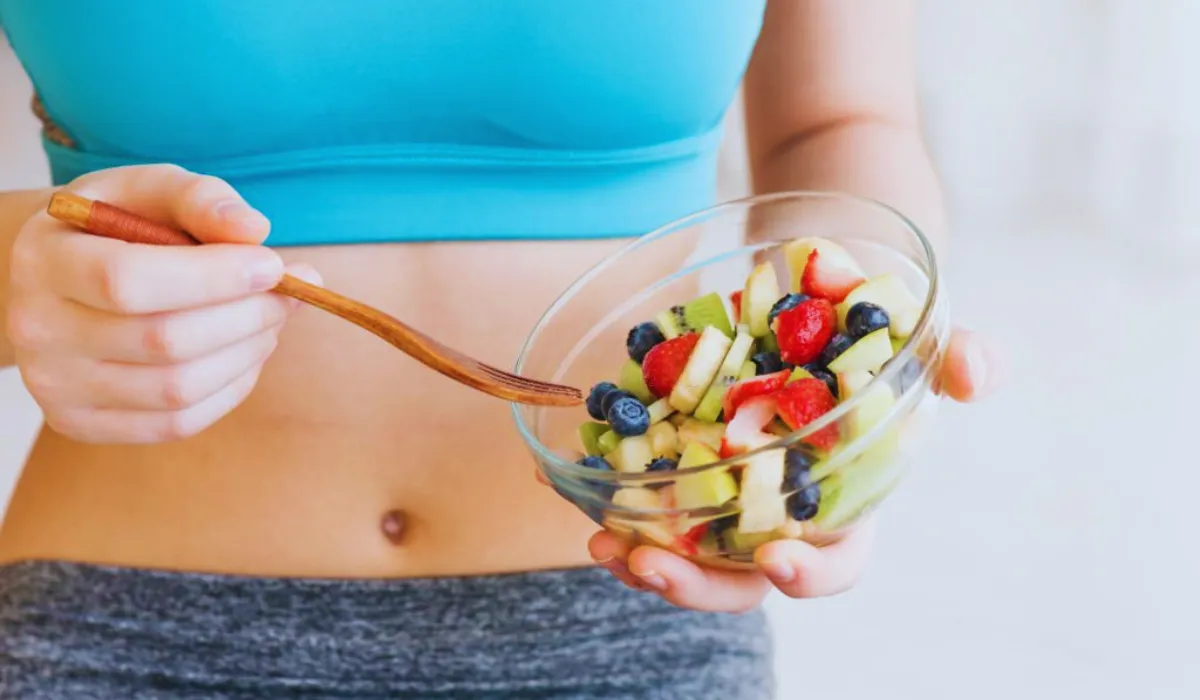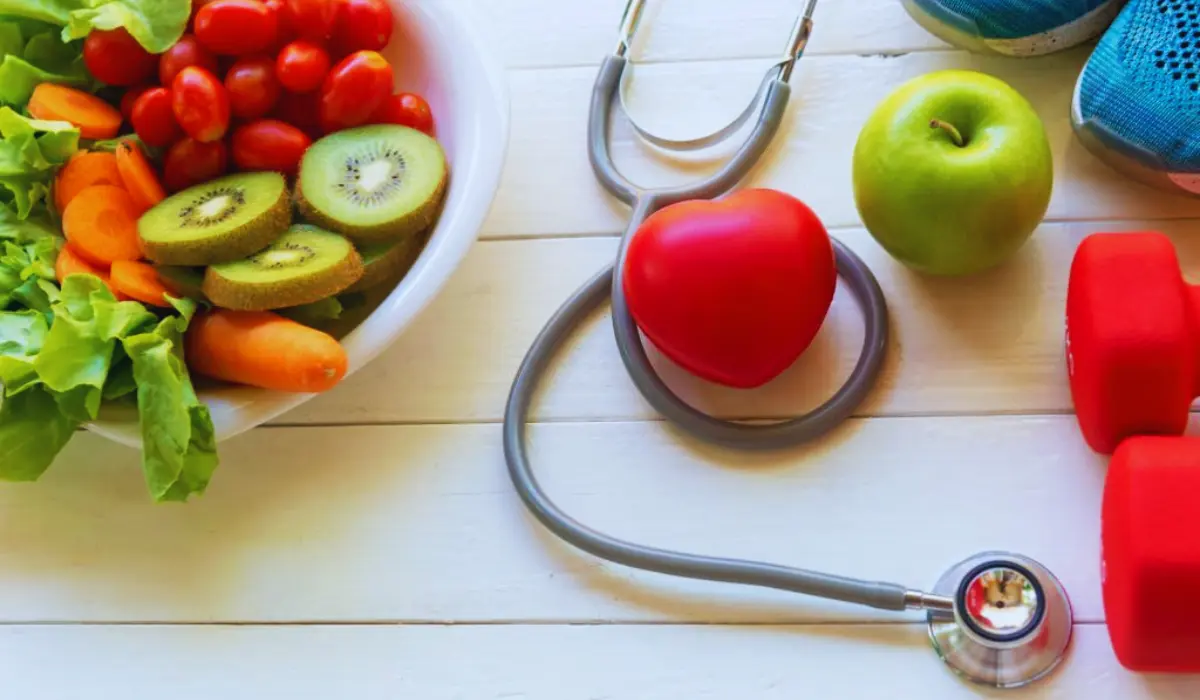Are you seeking an effective diet plan to curb your rising blood pressure levels? The DASH diet is one such diet plan that perfectly fits your requirements. In this article, we delve deep into the DASH diet guide and things to keep in mind while following this diet plan.
What Is The Dash Diet?
The DASH (Dietary Approaches to Stop Hypertension) diet is a healthy eating plan that focuses on a low-salt diet. Introduced at a meeting of the American Heart Association in 1996, the DASH diet is designed to help prevent or treat high blood pressure, also termed hypertension. It may also aid in lowering Low-density lipoprotein (LDL) cholesterol, linked to heart disease.

How Does Dash Diet Work?
The DASH diet limits the intake of fat, especially saturated and trans fats. Under this diet plan, importance is given to foods rich in nutrients that will help lower blood pressure.
They consist of foods low in sodium, but high in other minerals such as potassium, calcium, and magnesium. Overall the DASH diet limits the intake of sodium consumption per day between 1500mg and 2300mg (3.75g to 5.75g salt).
What Foods To Eat?
When you go on a DASH diet, it is recommended to include vegetables and fruits, fat-free and low-fat dairy products, lean meats, whole grains, fish and poultry, unsalted nuts, and seeds. Also, the intake of sweets and added sugars should be unlimited.
A Typical DASH Diet
The DASH diet specifies that you must follow a number of servings of each of the recommended food groups. However, the exact number may vary based on your calorie requirements. There are various plans based on 1600, 2000, or 2600 calories per day.
The below chart explains the recommended servings from each food group for a 2,000-calorie-a-day DASH diet:
| Food | No. of servings a day | Description |
| Grains | 6 to 8 | One serving is 1 cup raw leafy green vegetable, 1/2 cup vegetable juice, or 1/2 cup cut-up raw or cooked vegetables. |
| Fruits | 4 to 5 | One serving is one medium fruit, 1/2 cup fruit juice, or 1/2 cup fresh, frozen, or canned fruit. |
| Vegetables | 4 to 5 | One serving is 1/3 cup nuts, 2 tablespoons seeds, 2 tablespoons peanut butter, or 1/2 cup cooked dried beans or peas, also called legumes. |
| Fat-free or low-fat dairy products | 2 to 3 | One serving is 1 cup milk or yogurt, or 1 1/2 ounces cheese. |
| Nuts, seeds, or dry beans and peas | 4 to 5 | One serving is 1 ounce of cooked meat, fish, or poultry, or 1 egg. |
| Lean meats, poultry, and fish | Six 1-ounce servings or lesser | Lean meats, poultry, and fish |
| Fats and oils | 2 to 3 | One serving is 1 teaspoon soft margarine, 1 tablespoon mayonnaise, 1 teaspoon vegetable oil, or 2 tablespoons salad dressing |
| Sweets and added sugars | 5 servings or fewer a week | One serving is 1 tablespoon sugar, jelly or jam, 1 cup lemonade or 1/2 cup sorbet |
How Do You Benefit?
By following a DASH diet, you benefit in the following ways:
- Lowers blood pressure
Studies show that it lowers blood pressure, for those suffering from high blood pressure and also for those with normal blood pressure.
- Reduces the risk of type 2 diabetes
The DASH diet has the potential to reduce the risk of type 2 diabetes and also improve insulin resistance.
- Relieves gout
It lowers uric acid levels and thus it is effective for people suffering from gout.
- Lowers the risk of kidney disease
The DASH diet apparently reduces the risk of kidney disease.
- Weight reduction
Weight loss is another benefit as you consume less amount of high-fat and sugary foods.
- May reduce the risk of certain cancers
Though further studies are still needed, a DASH diet will lower the risk of certain cancers.
Conclusion
Hope you are super excited to go on a DASH diet. However, this diet plan is found to be more effective when done in combination with lifestyle modifications such as managing weight, doing regular exercise, quitting smoking, and reducing alcohol consumption.

